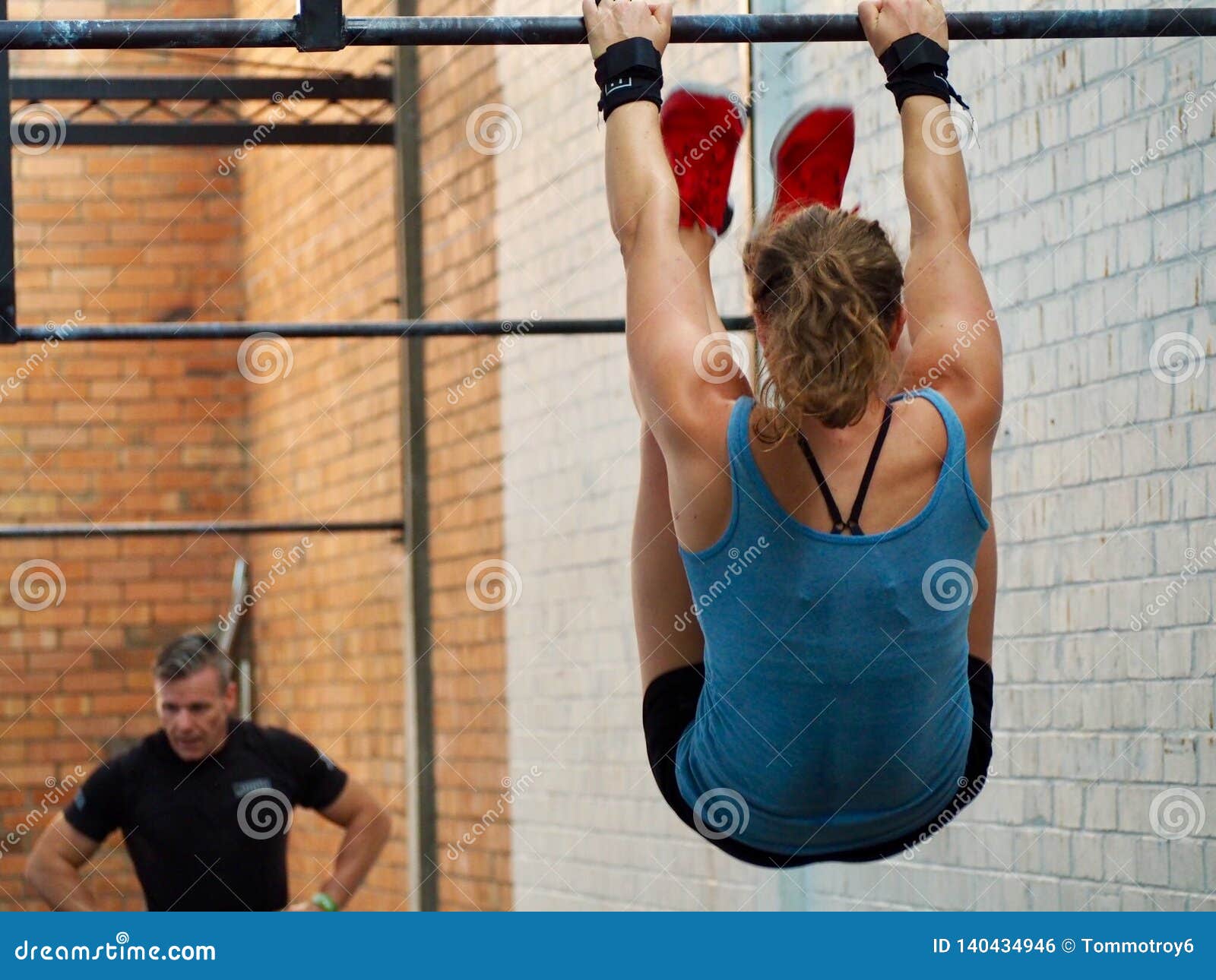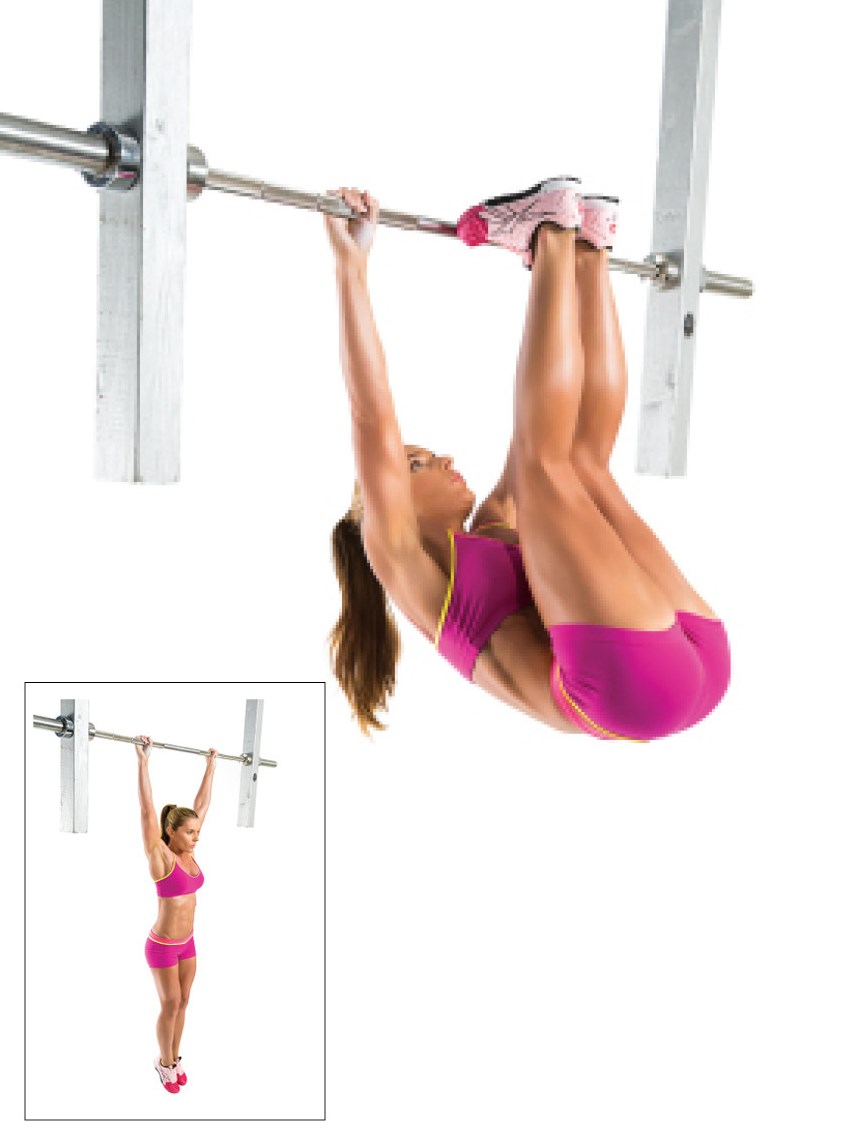

Rhythm is critical to have success in this movement. One important note: if the athlete begins to lose rhythm, or they are unable to link reps together, the answers is always to work backwards one step aka the should kip with a knee raise. The tension that is regained stretches the shoulder and hip joint therefore a strong contraction is possible a la “the stretch reflex”. Upon kicking, the next step is to get the legs long and extended, which serves two purposes It enables the athlete to get back into the front part of the kip again and it allows the athlete to regain tension in the shoulders and hips. Most athletes will start with a kick that ends with the toes being near the bar but not quite touching it. The next step to the progression would be adding a kick towards the bar. Most importantly, we do not want to see an athlete swinging wildly from the bar.

Rhythm in this step of the toes to bar is crucial without it, linking toes to bar will be inefficient and inconsistent. Muscle Ups, chest to bar pull ups and toes to bar all have one common component, a tight/strong shoulder kip and this is where things can go awry. Most athletes should have little trouble setting their grip and bringing their knees into their chest while hanging from the bar. With the legs extended, the hip flexors have to work exponentially harder create hip flexion. To reduce stress on the hip-flexors, the goal should be to bring the knees as high up into the chest as possible. When broken down to its most basic level, toes to bar are about closing down the hip joint. Now that a strong grip has been established, the focus can shift to hip-flexion. A tight grip will prevent the hands from rotating/moving on the bar, which is generally what forces the athlete to re-grip the pull up bar. Once your hands are properly gripping the bar, the next step is a tight grip. There are two main features of your grip that we want to see: your thumb wrapped around the bar and pinky-finger knuckle on top of the bar. Without a proper grip on the pull up bar, you’re setting yourself up for failure. Toe to bar starts with an athlete suspended from the pull up bar. There are two purposes to this article The first is to teach the progression towards an easy and efficient toes to bar and the second is to identify common faults that impede the ability to do big, easy, unbroken sets of toe to bar. When done properly, toes to bar appear smooth and effortless. Unlike the others, which primarily test the upper body, the toe to bar movement tests midline stability, strength, and muscle endurance. The Toes to Bar is one of the four most commonly tested gymnastics movements in our sport along with chest to bar pull ups, muscle ups and handstand push ups.


 0 kommentar(er)
0 kommentar(er)
